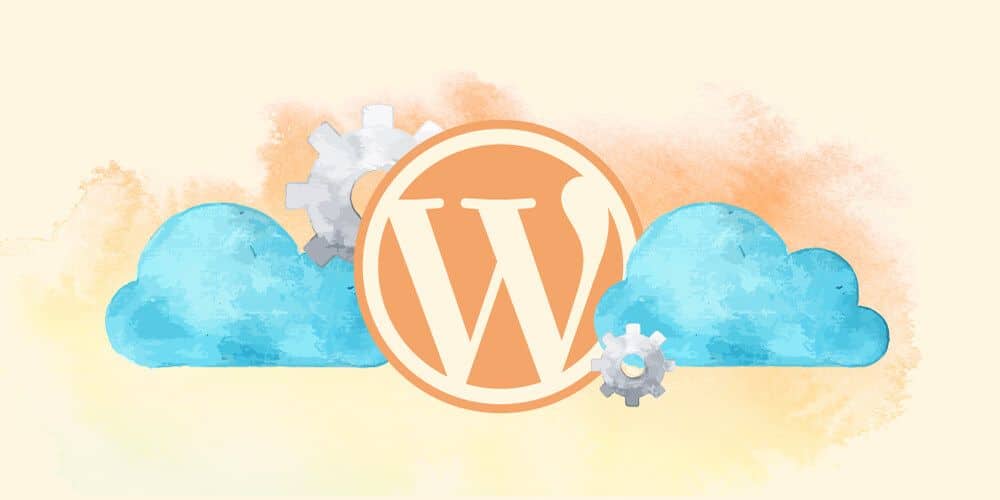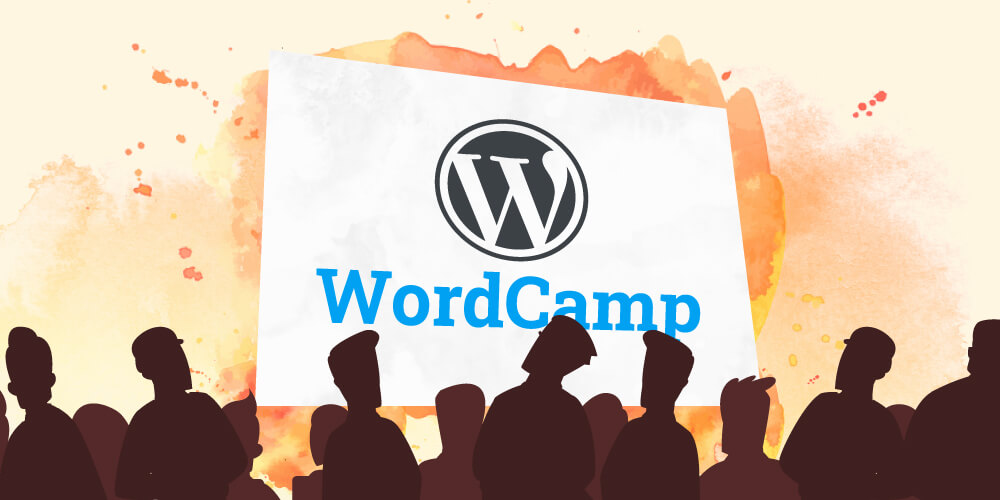It’s the beginning of a new year, which means lots of reflections and predictions about the year to come. As part of that tradition, Justin Ferriman (founder of LearnDash) and Brian Gardner (founder of StudioPress, now with WP Engine) both suggested that there might be a “WordPress gold rush” in 2023.
While I’m all for optimism and enthusiasm, I’m also struck by how empty and unsubstantiated this prediction seems. It’s based on Ferriman and Gardner’s belief that Gutenberg Blocks will usher in a new era of innovation and thus allow WordPress developers to sell new things, similar to how there was a rush of commercial-plugin creation in the early 2010s. And to be fair, Ferriman’s more-nuanced article does a good job of couching the gold-rush claim in uncertainty:
“I believe we are seeing community innovation happen, and this is encouraging. From block patterns and frameworks, the transition of themes, and block-powered functionality in popular plugins. The market is starting to innovate and define not only how to use blocks commercially, but why blocks are a good way forward.
So, is this the new gold rush in WordPress? I think it very well could be. It is still in the very early days, which is fun and confusing at the same time. We don’t know how things will play out quite yet because, well, everything is still in flux.
But if you are an entrepreneur and are looking for opportunities in the WordPress space, then you will do well to keep blocks at the top of mind.”
Justin Ferriman in WordPress Gold Rush?
Gardner’s tweets, since they’re shorter and snappier, are more much less nuanced and offer more of a prediction:
So, while acknowledging that Ferriman makes a nuanced argument and Gardner makes a very brief claim, I want to dig into this underlying question:
Is there reason to believe that Gutenberg Blocks will change anything about the WordPress economy this year?
It would be great for all of us if there were a sudden “gold rush” – but I think it’s more important to carefully compare your business goals and projections to reality. There’s certainly not a 0% chance of significant growth in WordPress-related software sales this year, but I’d say the most likely scenario is a continued slow grind of improvements to Gutenberg. Meanwhile, agencies, hosting and software companies will be battening down the hatches to handle higher interest rates and a potential economic recession.
With that in mind, I’ll try to back up my relative pessimism with some actual, verifiable claims that you can use to guide your business decisions over the next year.
Blocks don’t fundamentally change the client experience
Gutenberg Blocks have come a long way since the project entered WordPress Core in 2018. We use them for our blog posts here on MasterWP, and I recently rebuilt the HDC site using mostly blocks. It was a nice experience!
However, it wasn’t in a different league from building sites with Gardner’s old-school Genesis Framework (which I used for the previous version of the HDC site), or from building with Elementor, or from building with Advanced Custom Fields and our Understrap theme framework. It wasn’t even that much different than building with Divi. There are absolutely a bunch of marginal improvements, but when I think about a “gold rush,” I think about a new and game-changing discovery or invention. I don’t think it is fair to characterize Gutenberg in that way.
Likewise, Gutenberg still pales in comparison to the editing capabilities of Squarespace for novice users. It is also, at best, equivalent to the clean-and-beautiful article editor that’s existed on Medium for more than six years. Gutenberg is great, and it brings WordPress up to a modern level from which it can compete with these other software, but I don’t think the editing experience is breaking any new ground. And since Matt Mullenweg mentioned in December that he no longer believes WordPress will be part of the Block Protocol, that closes off another potential path for future innovation.
To prove this point, ask yourself: have you done anything in Gutenberg that you absolutely could not do with Elementor, Divi or Advanced Custom Fields? If not, Gutenberg represents a nice improvement, but not a revolutionary change that would spark a gold rush.
Hosts don’t yet fully support Gutenberg Blocks
Another key to the gold rush was the infrastructure to get the people to the gold. In the American West, this meant railroads that could get people to Colorado and California; in the WordPress economy, this means web hosts.
Right now, even the best WordPress hosts (including WP Engine, where Gardner works) are getting crossed up by Gutenberg Blocks, because of the very high number of background JavaScript requests that are required to make complex blocks work. Just as WP Engine has disabled post revisions (an incredibly valuable feature) by default due to high database load, we recently had to migrate a mid-sized site to a custom Amazon Web Services hosting configuration because the blocks in their theme were making so many requests that it was crashing their backend on shared hosting. Their new, Block-heavy theme (which was built by another developer) was orders of magnitude heavier than their previous, Genesis-based theme.
Brian Coords talked about this infrastructure challenge in depth in August, including the fact that the next phase of Gutenberg development will likely make things even more intense by introducing Google-Docs-like collaboration. There haven’t been any significant improvements since he wrote that article five months ago. You can’t have a gold rush if the train derails halfway to the mountain.
Tech companies are girding for a recession
Generally speaking, a year when most companies are bracing for a macroeconomic downturn isn’t a great time to predict a gold rush – especially if you agree with my first two points that the level of innovation and the infrastructure don’t yet exist to make Blocks a game-changer.
Many tech companies did well after the 2008 financial crisis, but that’s partially because they were able to get a ton of venture-capital funding as a result of low interest rates. Only in 2022 did those interest rates start to increase again, bringing “gravity” back to the economy. This has already resulted in companies like Meta, Tesla and Amazon losing tremendous amounts of value – their prospects just don’t look as good in the new macroeconomic environment as they once did. Private companies like Stripe have also acknowledged that they “overshot” with hiring during the pandemic, and the result has been tens of thousands of tech-industry layoffs in the past few months. These companies see that advertiser and consumer spending may be on a downswing, and the companies that rely on venture capital know that it’s going to be much harder to get their next round of funding.
Small, scrappy, agile companies can weather this macroeconomic storm, but it’s simply not going to be a great environment for the sale of $99 WordPress add-ons that marginally improve the user experience. It’s going to become more difficult for commercial WordPress software to compete with free and software-as-a-service competitors, not easier. Customer acquisition is expensive (and software-as-a-service companies have an advantage because of their scale), customers may start aggressively cutting back on their spending, and – to go back to point 1 – they might prefer to stick with trusted solutions rather than spend money on new and unproven things. This problem is compounded by the fact that Gutenberg’s rollout has resulted in four years of bad press.
10 years of consolidation is bad for innovative little guys
Ferriman and Gardner were both beneficiaries of acquisitions and consolidation over the past decade – their companies were purchased by Liquid Web and WP Engine, respectively. Their good fortune, though, is also another point against the gold-rush prediction, because it shows how much the ecosystem of small, innovative creators has consolidated into a slow-motion battle between a few large hosting and plugin companies. Liquid Web (which includes StellarWP), WP Engine and Awesome Motive own an outsize chunk of the commercial WordPress software market. This has its benefits and drawbacks – but one obvious drawback is that it makes it harder for an upstart competitor to “break in” to the market and start selling some sort of commercial Gutenberg Blocks solution. It’s simply much harder to discover plugins, advertise plugins, sell plugins, and make a profit off of plugins today than it was 10 years ago, and the suffocating effect of these large conglomerates is a big part of the reason for that. Ferriman and Gardner may hope this will change and we’ll get back to our “indie” roots, but I see no reason to believe any of these large companies would be happy if that happened.
From my vantage point, most of the evidence points to a slower growth rate in web software industry (and tech in general) this year. There are a lot of economic headwinds, the large companies that own most of the market today are probably going to become more conservative and less-risk-taking, and the underlying Gutenberg software just isn’t groundbreaking enough to justify anyone rushing for proverbial gold.

